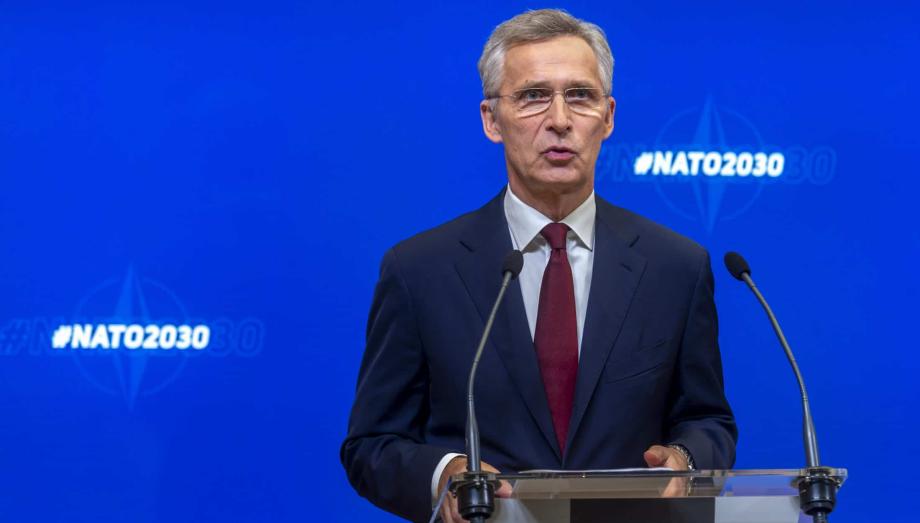#NATO2030 – Preparation for Future Challenges

Photo Credit: NATO
On June 8 NATO Secretary-General, Jens Stoltenberg, launched an initiative NATO 2030 - Strengthening the Alliance in an increasingly competitive world that is set to present ideas on what to shape should NATO take in ten years. The need for this reflection process was proclaimed at NATO’s London Summit in December 2019.
The COVID-19 pandemic has shown how ever-changing the security environment is and has revealed some actors exploiting the crisis to their advantages. #NATO2030 initiative makes use of the opportunity for self-reflection provided by the COVID-19 pandemic. The goal of this initiative is to make the Alliance, and its member states, more prepared for new threats and challenges. This reflection and mapping process will increase the Alliance’s political effectiveness by identifying areas in which NATO could be more involved in future.
“Using NATO more politically also means using a broader range of tools - military and non-military, economic and diplomatic. This is especially important as we work together to strengthen the resilience of our societies and our economies, and to ensure that we do not import vulnerabilities into our critical infrastructure, industries and supply chains,” declared NATO Secretary-General, Jens Stoltenberg.
Increasing societal resilience, efficiently adapting to new realities and scanning the horizon for future challenges will ensure that NATO in 2030 will be a relevant international actor. “This means bringing all the issues that affect our security to NATO’s table. So that we can forge stronger consensus sooner and more systematically. From conflicts in the wider Middle East region to global arms control, and the security consequences of climate change,” said Jens Stoltenberg.
Indeed, fortune favours the prepared mind. Having good situational awareness, forward-thinking policies and scanning horizons for future challenges will make NATO member states more prepared. To help him with this task, Jens Stoltenberg appointed an expert group that will provide recommendations on NATO reflection process. Over the upcoming months, NATO and the expert group will engage with representatives of NATO member states, public and private sector experts and young leaders and gather their inputs. The findings of NATO 2030 initiative will be presented at NATO Summit next year.
Importance of strategic communication
While #NATO2030 reflection is an important and necessary exercise, strategic communication about NATO and its activities, both present and future, should be an integral part of it. The support for NATO among its member states varies and many malign narratives about the organization have been and continue to be spread also during the COVID-19 pandemic. Foreign actors have utilised the lack of proactive and systematic communication about NATO to spread misleading information about its capabilities to protect its citizens or question its cohesion.
Active public engagement and strategic communication in all member states of the Alliance, as well as the broader public, are necessary. NATO citizens and allies should be actively informed about what the Alliance has been doing for them, including providing airlifts, medical support, and transporting patients during the COVID-19 pandemic.
Effective strategic communication about NATO, in each of its member states, will ensure a better understanding of its values and activities. Strategic and transparent communication is also an effective way of diminishing the spread and impact of malign information operations and increasing societal resilience. As Jens Stoltenberg pointed out, the core responsibility of NATO is to provide peace and freedom, which are fundamental for our lives. While NATO needs to be prepared for any future challenges, its citizens, being an integral part of societal resilience, need to be ready as well.

Senior Research Fellow, Centre for Democracy & Resilience